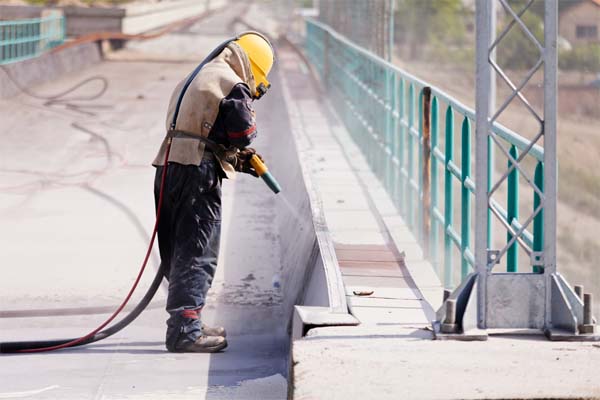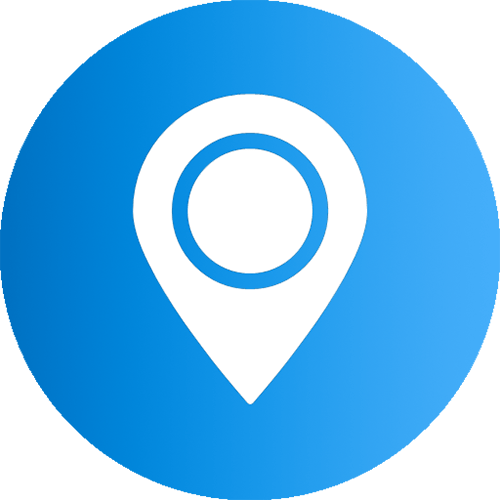News
Protecting Workers from the Hazards of Abrasive Blasting Materials
Abrasive blasting uses compressed air or water to direct a high velocity stream of an abrasive material to clean an object or surface, remove burrs, apply a texture, or prepare a surface for the application of paint or other type of coating. Employers must protect workers from hazardous dust levels and toxic metals that may be generated from both the blasting material and the underlying substrate and coatings being blasted. This article provides information on abrasive blasting materials, health hazards, and methods to protect workers.

Abrasive Blasting Materials
The decision to use a certain type of abrasive material can depend on factors such as cost, job specifications, environment, and worker health.
Commonly used abrasive materials:
- Silica sand (crystalline)
- Coal slag
- Garnet sand
- Nickel slag
- Copper slag
- Glass beads
- Steel shot
- Steel grit
- Aluminum oxide
>>> How to choose the right Abrasive?
Health Hazards from Abrasive Blasting Materials

Abrasive blasting operations can create high levels of dust and noise. Abrasive material and the surface being blasted may contain toxic materials (e.g., lead paint, silica) that are hazardous to workers.
- Silica sand (crystalline) can cause silicosis, lung cancer, and breathing problems in exposed workers.
- Coal slag and garnet sand may cause lung damage similar to silica sand (based on preliminary animal testing).
- Copper slag, nickel slag, and glass (crushed or beads) also have the potential to cause lung damage.
- Steel grit and shot have less potential to cause lung damage.
- Slags can contain trace amounts of toxic metals
How to Protect Workers from Exposure to Abrasive Blasting Materials
Each abrasive blasting operation is unique, involving different surfaces, coatings, blast material, and working conditions. Before beginning work, employers should identify the hazards and assign a knowledgeable person trained to recognize hazards and with the authority to quickly take corrective action to eliminate them. Use engineering and administrative controls, personal protective equipment (PPE), including respiratory protection, and training to protect workers involved in abrasive blasting activities. Engineering controls, such as substitution, isolation, containment, and ventilation are the primary means of preventing or reducing exposures to airborne hazards during abrasive blasting operations. Administrative controls, including the use of good work and personal hygiene practices, can also reduce exposure..
Substitution
- Use a less toxic abrasive blasting material.
- Use abrasives that can be delivered with water (slurry) to reduce dust.
Isolation and Containment
- Use barriers and curtain walls to isolate the blasting operation from other workers.
- Use blast rooms or blast cabinets for smaller operations.
- Use restricted areas for non-enclosed blasting operations.
- Keep coworkers away from the blaster.
Ventilation
- Use exhaust ventilation systems in containment structures to capture dust
Reference articles:
4 most common questions about sandblasting
Learn more about hanger type shot blasting machine






